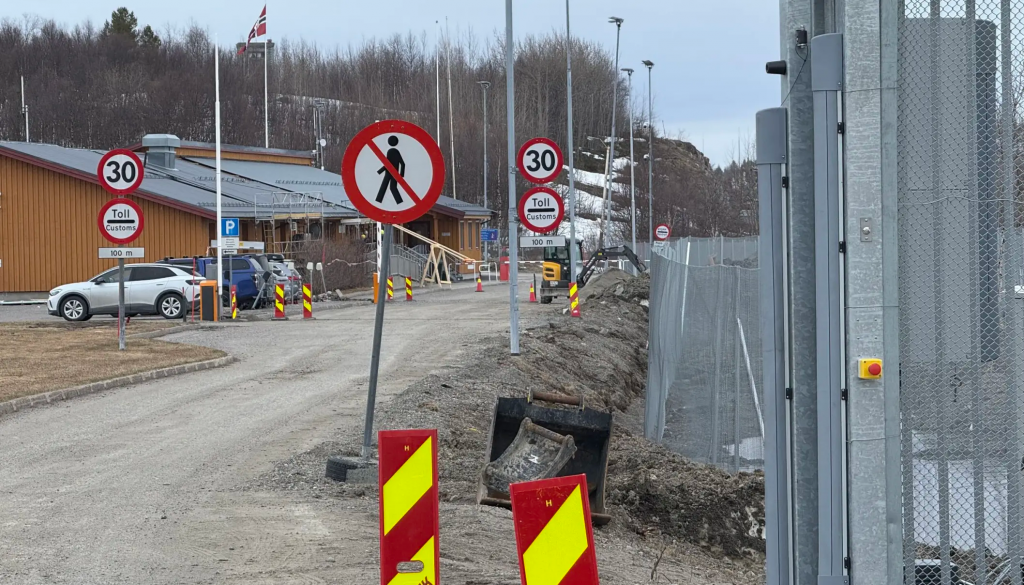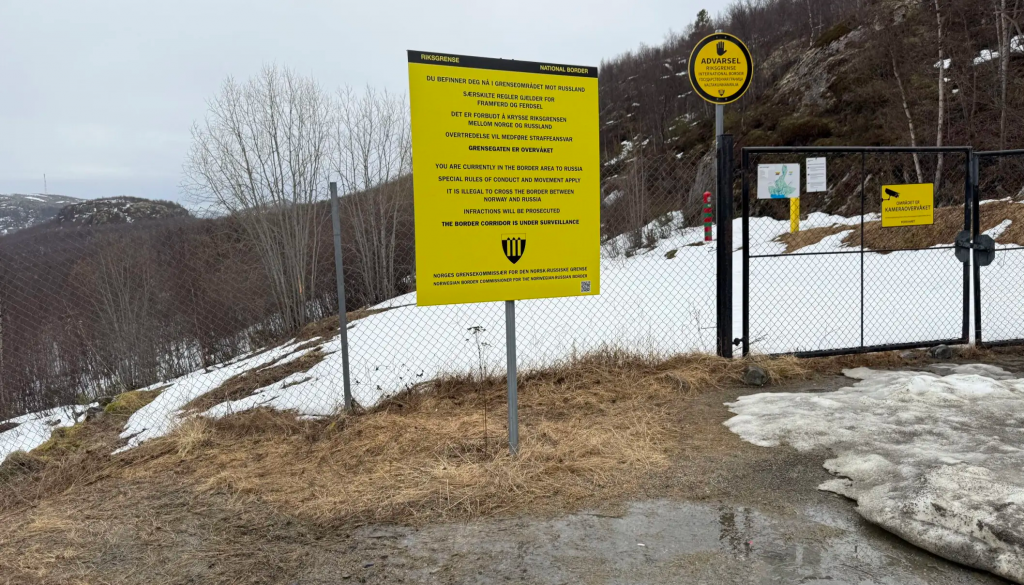Preparing for trouble, Norway erects fence at exposed border sections

Although in much smaller scale, Norway is now following Finland on building fences to hinder illegal crossing at border with Russia.
Security around Storskog border checkpoint will improve with the new fences, the police informs.
Authorities want to be better prepared in case FSB sends a new wave of migrants towards Norway, like they did in 2015 when some 5,500 people from north-Africa, the Middle East and Central Asia flew north from Moscow to Murmansk and made it to the boder without any hinders in what normally use to be a strictly controlled border zone.
Last winter, a new wave of migrants were directed by FSB towards the Finnish border. Helsinki ultimately decided to halt traffic at all checkpoints to Russia. The 1,340 km eastern border has now been closed for more than a year, making the Storskog-Borisoglebsk road the only open land border between the Nordics and Russia.
A main reason for erecting the new face around Storskog checkpoint is a fear of people start walking out in the terrain if things heat up and it again becomes crowded. In 2015, most migrants came in late October, and November when temperatures were far below freezing and polar night created darkness for most of the day.

Norway shares a 198 km border with it neighbour to the east. About 2/3 of the border follows the two rivers Pasvik and Grense Jakobselv where no fences can be erected.
On the Russian side, though, a barbed wire fence stretches from the Barents Sea in the north to the Baltic Sea in the south. The Russian fence creates a border zone where no civilians have access.
There have only been a few illegal border crossings up north since Putin ordered the full-scale invasion of Ukraine in 2022. Among them are the well-known incident ex-Wagner soldier Andrei Medvedev ran across the ice-covered river in Pasvik. There have also been a two cases when people made it into Russia from Norway in the terrain, not far from Storskog.
Related stories from around the North:
Canada: Carney says Canada is looking to join major European military buildup by July 1, CBC News
Denmark: Danish PM pledges to support Greenland against Trump pressure, Thomson Reuters
Finland: US, Norwegian forces in Lapland for rapid reinforcement exercise, The Independent Barents Observer
Iceland: Iceland’s FM announces defence review, calls revamped security policy ‘urgent’, Eye on the Arctic
Norway: Norway eases self-imposed restrictions on NATO training, CBC News
Russia: Russia’s nears completion of new Arctic missile carrier, The Independent Barents Observer
Sweden: Sweden’s Armed Forces: Railways must function without modern technology, Radio Sweden
United States: White House releases U.S. Arctic strategy implementation plan, Eye on the Arctic



